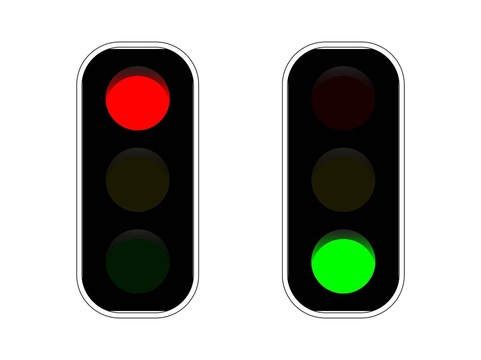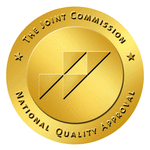
The fact is we are imperfect. We are fallen in nature. We are broken. And so we struggle from time to time. Paul says in 2 Corinthians 11:29, “Who is weak, and I am not weak? … If I must boast, I will boast in the things which concern my infirmity."
We need to remember the heroes of our faith felt like we do, fell like we do, were depressed like we sometimes are. And from those pits of despair we have some of the most beautiful Hebrew poetry written in the psalms. David, who admits in Psalm 51 to all the issues I noted above, also knows our God, and he asks God, after great failure and in the midst of deep depression, for His choicest gifts:
I have a friend, he is my confidant; he is someone who knows all the worst of me, and when I call him when I’m in a dark place, feeling like a failure, or just utterly void of joy, he will always say first, “God loves you. You know that right? God loves you.” He is speaking from the Gospel of Grace.
Paul asks in Romans 8:35, “Who shall separate us from the love of Christ? Shall tribulation, or distress, or persecution, or famine, or nakedness, or peril, or sword?” The answer is no, nothing, nada, niente!
And it is the thought of God’s love in Christ that enables me, eventually, to rise up and walk. It is God’s love that enables me to recover my sight and see the world around me through hope and faith. It is God’s love that heals the leprosy of my soul. It is God’s love that takes away the stone and calls me from the cave! God loves me. He gave His Son to die for me, even if I were the only person on earth! And Romans chapter 8 says that if He loved us with such a great love, how shall He not also with Christ give us all things?
We need to stop beating ourselves up over false expectations that say, I am a Christian and I ought to always be joyful. It’s not true. What is true is that our joy will always be restored. We will be refreshed. Sometimes we just have to be where we are. I know that sounds silly, but it is true.
Elijah lay under a tree, depressed, afraid and full of suicidal ideation. An angel brought him food and told him, "Eat, sleep." The angel came a second time and said, "Eat, sleep."
When you cannot lift your soul then take care of your body. Eat. Rest. Sooner than later that “still, small voice” will speak words of love and joy. Always remember, God loves you. And like Elijah, God is not done with you yet!
Copyright 2014 David Gibson, used by permission.




 RSS Feed
RSS Feed
